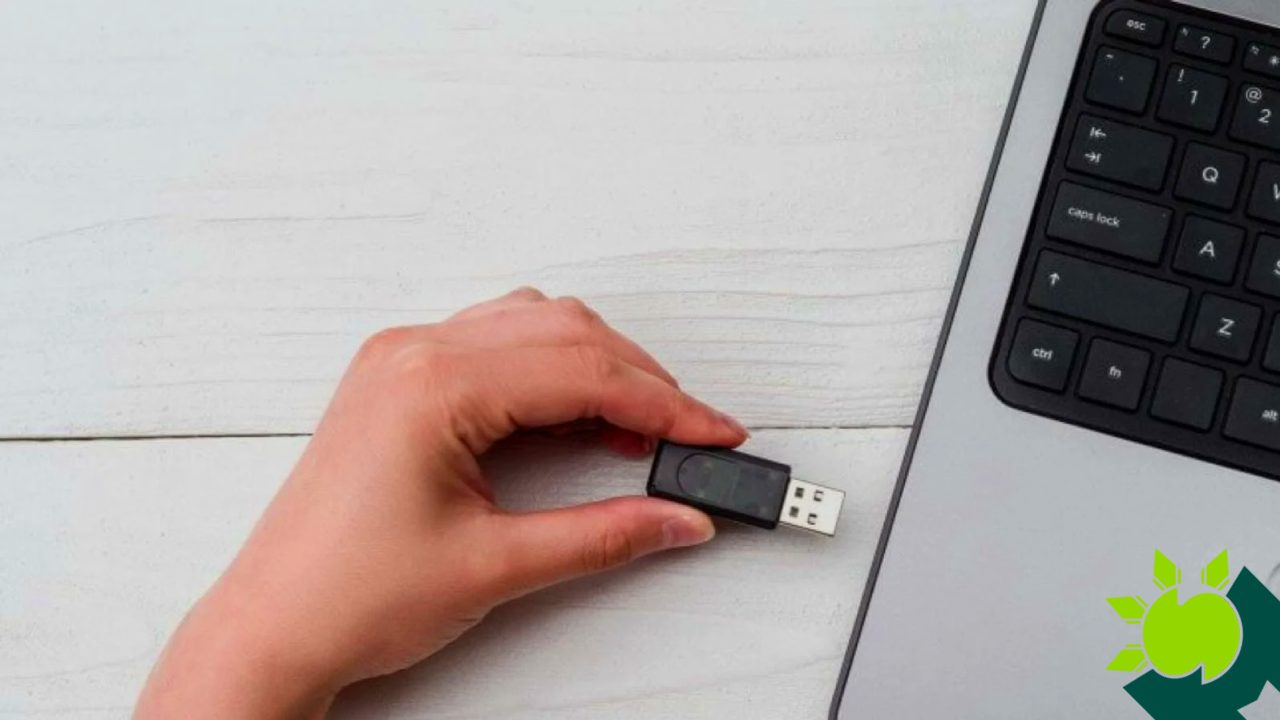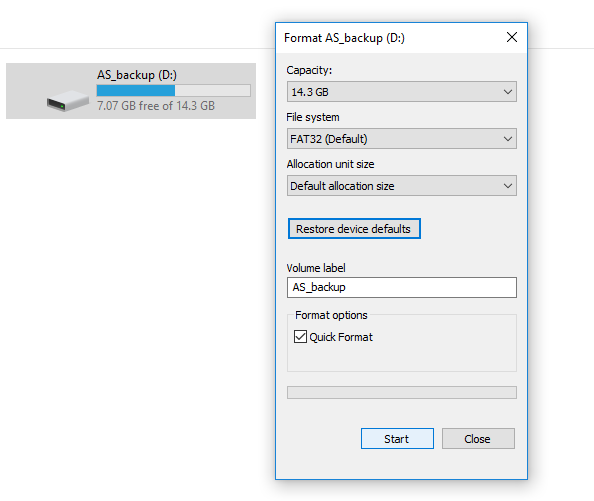How To Format Usb To Fat32 Windows 10
How To Format Usb To Fat32 Windows 10 - What to Know File Explorer Go to File Explorer This PC right click the USB Drive Format Start OK Or launch Powershell enter format fs fat32 and wait for the process to finish You can format drives smaller than 32GB in File Explorer for larger drives you must use Powershell Kris Koishigawa If you need to format a USB flash drive HDD SDD or some other form of storage to FAT32 you ve come to the right place In this article we ll go over what a file system is the FAT32 standard and several ways to format a storage device to FAT32 on Windows 10 What s a file system Right click the USB drive and click Format You now have some choices available The Format screen has several options For the most part you can leave them alone but here is a breakdown of what each option means if you want to change something Capacity This tells you the size of the drive you have selected
Look no further than printable templates if you are looking for a basic and effective way to enhance your efficiency. These time-saving tools are simple and free to use, providing a range of benefits that can help you get more done in less time.
How To Format Usb To Fat32 Windows 10

How To Format A Flash Drive To FAT32 In Windows 10 And Windows 11
 How To Format A Flash Drive To FAT32 In Windows 10 And Windows 11
How To Format A Flash Drive To FAT32 In Windows 10 And Windows 11
How To Format Usb To Fat32 Windows 10 To start with, printable design templates can assist you remain organized. By providing a clear structure for your jobs, to-do lists, and schedules, printable design templates make it simpler to keep everything in order. You'll never ever have to stress over missing due dates or forgetting essential tasks again. Second of all, using printable templates can assist you save time. By eliminating the requirement to produce new documents from scratch each time you need to finish a job or plan an event, you can focus on the work itself, instead of the paperwork. Plus, lots of design templates are personalized, enabling you to individualize them to match your needs. In addition to saving time and remaining organized, using printable templates can also assist you remain motivated. Seeing your development on paper can be a powerful motivator, motivating you to keep working towards your objectives even when things get tough. In general, printable templates are a terrific method to increase your productivity without breaking the bank. So why not give them a try today and start achieving more in less time?
3 Ways To Create Windows 10 Bootable USB PCsuggest
 3 ways to create windows 10 bootable usb pcsuggest
3 ways to create windows 10 bootable usb pcsuggest
Windows 10 Windows 11 operating system Type and search File Explorer in the Windows search bar then click Open In the File Explorer window select This PC Right click your USB flash drive then select Format Select File system to FAT32 then select Start
DiskGenius A free format tool that can format USB flash drives SD cards hard drives to FAT32 exFAT NTFS or EXT4 file system in Windows 11 10 8 7 Are you looking for a way to format your USB drive to the FAT32 file system in Windows 11 10 Look no further
How To Format USB To FAT32 Windows 10 And 11 Pc savvy
 How to format usb to fat32 windows 10 and 11 pc savvy
How to format usb to fat32 windows 10 and 11 pc savvy
How To Format USB To FAT32 Windows 10 And 11 Pc savvy
 How to format usb to fat32 windows 10 and 11 pc savvy
How to format usb to fat32 windows 10 and 11 pc savvy
Free printable templates can be an effective tool for boosting productivity and achieving your goals. By choosing the best templates, incorporating them into your regimen, and personalizing them as required, you can streamline your daily tasks and make the most of your time. Why not give it a try and see how it works for you?
Check the USB drive label type Format FS FAT32 o in PowerShell and hit Enter Step 3 Type exit when the formatting process completes Video Guide 4 Ways to Format to FAT32 in Windows 10 01 30 Method 1 Format the drive in File Explorer 02 13 Method 2 Format the drive in Disk Management 02 46 Method 3
To format a USB flash drive from File Explorer on Windows 10 use these steps Open File Explorer Click on This PC from the left pane Under the Devices and drives section right click